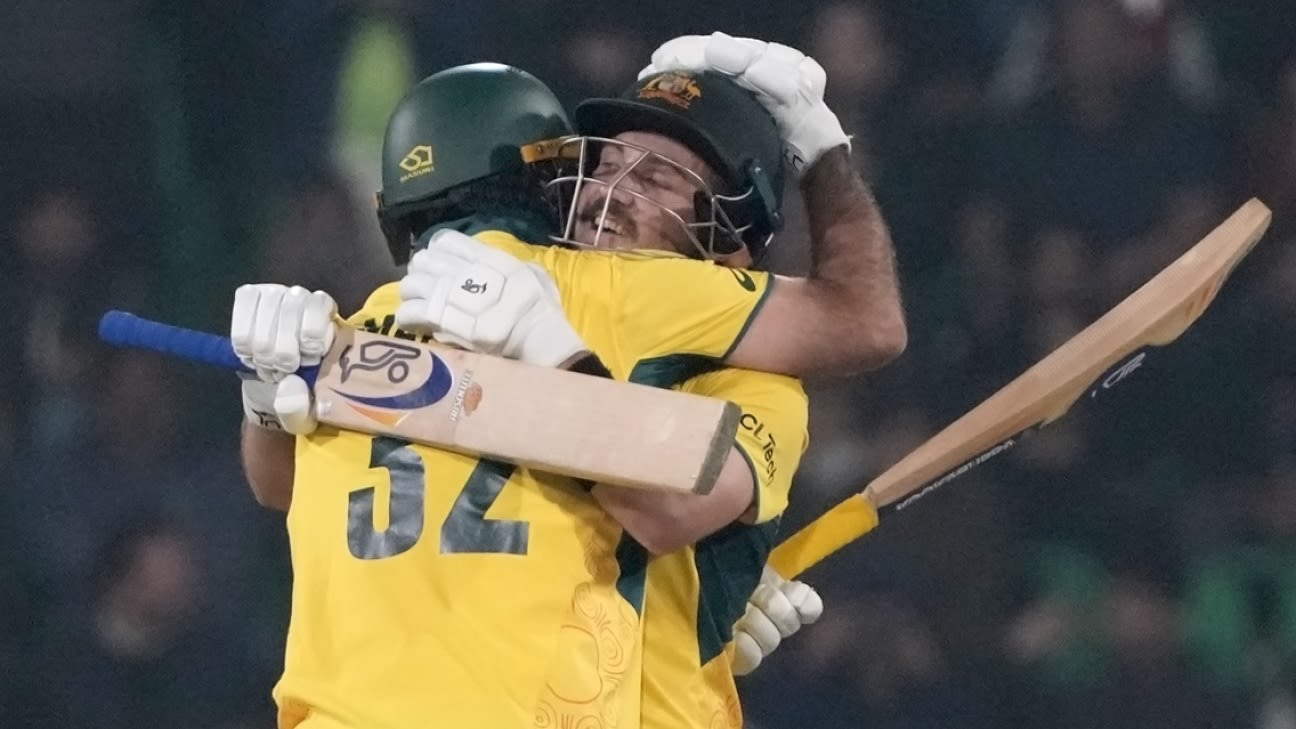
Champions Trophy 2024/25, BAN vs NZ 6th Match, Group A Match Report, February 24, 2025
”
New Zealand 240 for 5 (Ravindra 112, Latham 55) beat Bangladesh 236 for 9 (Shanto 77, Bracewell 4-26, O’Rourke 2-40) by five wickets
Taskin Ahmed and Nahid Rana raised Bangladesh’s hopes with a fiery opening spell, rattling Will Young’s stumps in the first over and snaring Williamson for a rare single-digit score. The infield was richly populated at that point. The whole atmosphere was buzzing, the crowd also getting in the act. Into this walked Ravindra. One of the best things about his batting is his touch. It’s so pure. Down at No. 4 – he was brought into the XI to replace an ill Daryl Mitchell – there was possibly a risk that he wouldn’t be able to take full toll of that. But as luck would have it, he began his innings within the field restrictions and that meant he could profit from his timing. His first five fours were all about finding the gap because his timing always took care of the rest.
Ravindra had to wait 11 overs since the field spread to find his next boundary but that didn’t mean he was stagnant. His first 23 runs came off 21 balls with five fours. His next 28 runs came off 29 balls with one four. There was one chance in between all that. A mix-up with his Wellington team-mate Devon Conway could have resulted in him being run-out had Tanzid Hasan been able to get a direct hit in the 12th over.
Bangladesh also weren’t able to rotate strike. New Zealand could. Those were the biggest points of difference between the two teams. The pitch did become much better for batting under lights though, a fact Mitchell Santner was looking forward to when he won the toss and decided to chase and of all people, Bracewell was his ace in the hole with the ball. The 34-year-old offspin-bowling allrounder himself couldn’t believe he’d taken 4 for 26 off 10 uninterrupted overs. In the mid-innigs interview, he said “Funny one, once you let go (of the ball) you don’t have much control what happens at the other end.”
Bracewell contributed to his success by slowing his pace down. Bangladesh contributed considerably more. They exit the tournament having faced more than 50 overs of dot balls. Their decision-making left them so short on batting resources that they had Taskin on strike for the 45th over and it ended up as a maiden. The death overs were a total flex for the Black Caps. At one point, they were more than happy with just three fielders on the boundary, instead of the five allowed.
Bangladesh were reminded what could have been towards the end of the chase when there was sharp turn, leading edges, low-bounce and even a direct-hit run-out. The wicket merely added to their regret at the one that got away – Ravindra was 25 when Tanzid missed – and the runs that got away – 260 would’ve made this game so much more competitive.
”




